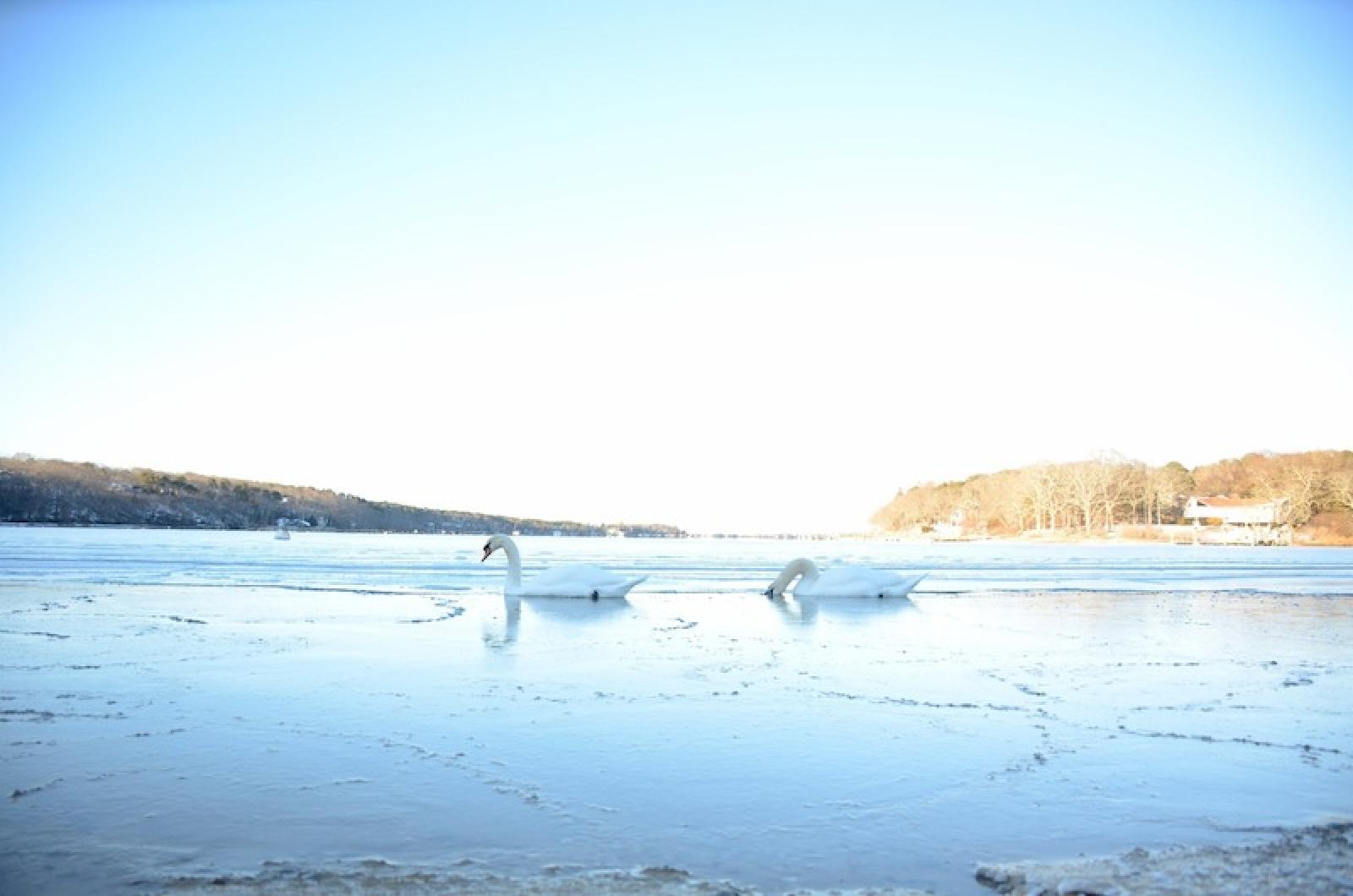It was billed as state of the art for its time, exciting work that aimed to unlock an important puzzle for the saltwater ponds and embayments that are a unique feature throughout southeastern Massachusetts. Water quality in coastal ponds was declining at a rapid rate, and not enough was known about the source of the decline. The problem was far worse on the Cape than on the Vineyard, but here too, a nagging worry had begun to take hold like oysters clinging to a culch reef: Would the Island be able to maintain its historically pristine saltwater ponds and the robust shellfishing industry they support?
There were plenty of reasons to worry. Private home development had been taking place at a brisk clip for some three decades. Climate change was a dawning science all its own. The use of fertilizers was largely unregulated. Bird life was thriving, possibly to the detriment of surface water bodies. Dredging had become a complicated and expensive business.
Enter the Massachusetts Estuaries Project. In 2002 the collaborative project was launched with the state Department of Environmental Protection and the School of Marine Science and Technology at the University of Massachusetts at Dartmouth. The idea was to use hard science and state-of-the-art technology to analyze the health and nutrient-carry capacity of virtually every saltwater estuary in the region. The project would cost twelve and a half million dollars and take six years to complete. In the simplest terms, every estuary would be sampled and the results would be built into a computer model.
“It’s a block-by-block process — each step is important and all the steps together are going to create the big picture,” project director Brian Howes told the Gazette in an interview in August of 2004. At the time he and his university partner Roland Samimy were taking core samples from Sengekontacket Pond. The idea was to create a quantitative tool for managing watershed around the coastal ponds, the scientists said. Down the road, how to apply the information would be left up to the individual towns.
Fourteen years later, the estuaries project is finally winding down. State funding will come to an end in the next two years, Mr. Howes told a gathering of the Water Alliance on the Vineyard last week.
Looking back, the MEP, as it is called, it hasn’t quite been the dream that many imagined in the beginning. It has taken more than twice as long to finish than originally planned, and the work has not been as comprehensive as first billed. On the Vineyard, for example, reports have been completed for only eight of the Island’s 24 major estuaries; four more are in progress.
Along the way, the project bogged down more than once amid intramural disagreements between the university and state environmental officials, and there were problems with funding. Exactly how much has been spent on the project has not been detailed. A website for the project has been long stagnant.
More to the point, while project has produced a large body of information about the ponds that it studied, the research has not been the catalyst some hoped to spur comprehensive action on the Vineyard. Though a variety of projects aimed at limiting nitrogen pollution have been undertaken by and among Island towns, the question of what specific steps need to be taken to save the ponds has not been on the front burner Islandwide.
That could change with a little help from Adam Turner, executive director of the Martha’s Vineyard Commission, who called the restoration of coastal ponds a priority when he spoke at the Water Alliance meeting last week. “We are looking at becoming known for restoring the Island,” he said. “Improving the environment . . . helps our economy and everything else.”
In the Gazette’s recent series on the plight of the Vineyard’s coastal ponds, officials noted that it took a lawsuit for Cape Cod to begin seriously addressing the degradation of its estuaries. Last summer, the Cape Cod Commission — after a costly and time consuming process — completed a full water quality management plan, known as a 208 plan for a section of the federal Clean Water Act, that details community based options and solutions. The plan was adopted by the Environmental Protection Agency last fall.
The Vineyard is not yet under any federal or state mandate to act, and will be better off if it can solve its own problems locally.
But there is every reason to take advantage of work already done on the Cape, and the Martha’s Vineyard Commission can and should help by bringing that and other expertise to the regional planning process.
Getting ahead of the Island’s now well documented water quality issues must become a shared priority.




Comments
Comment policy »